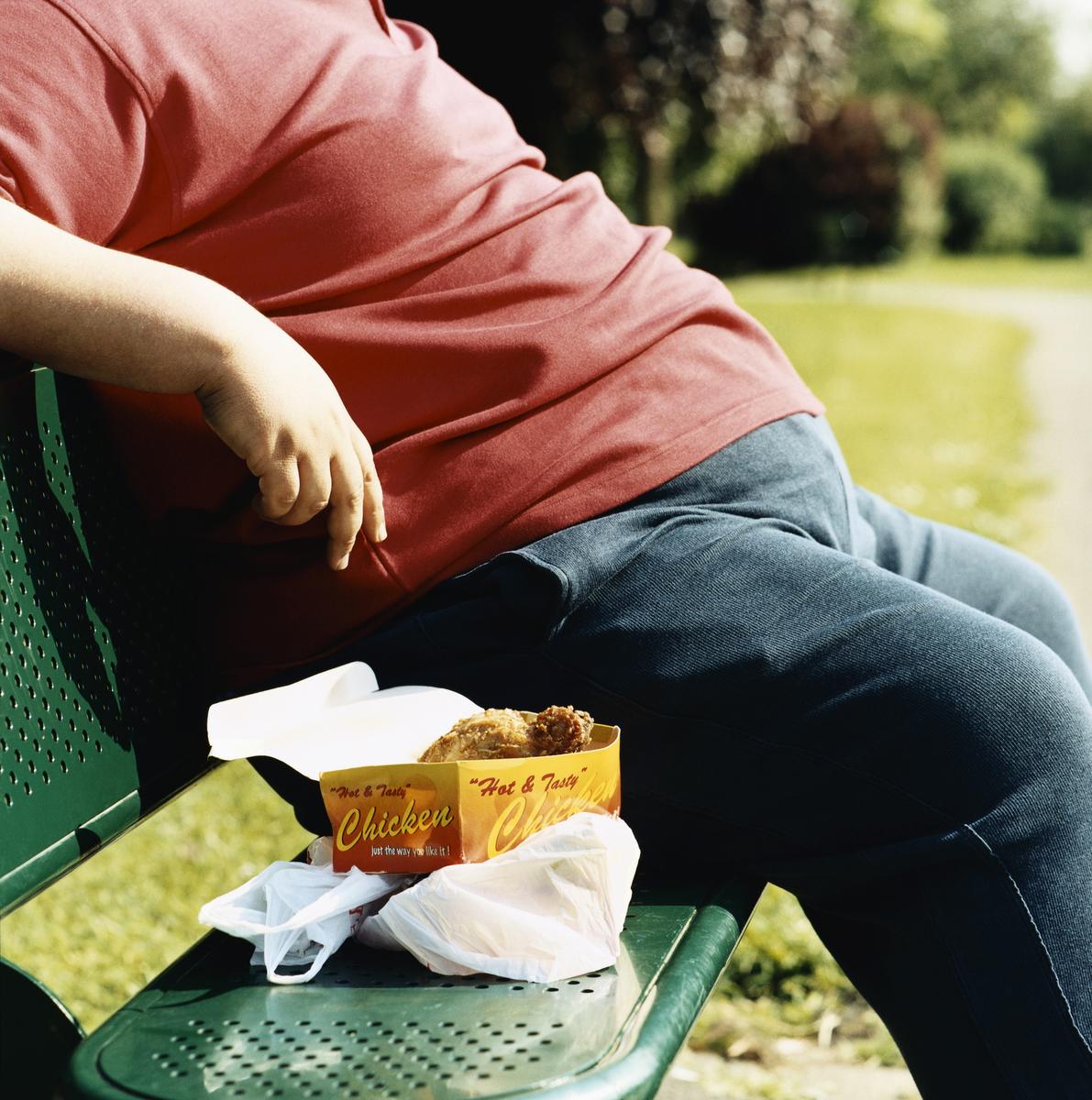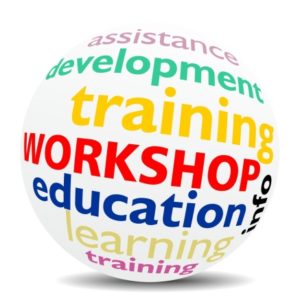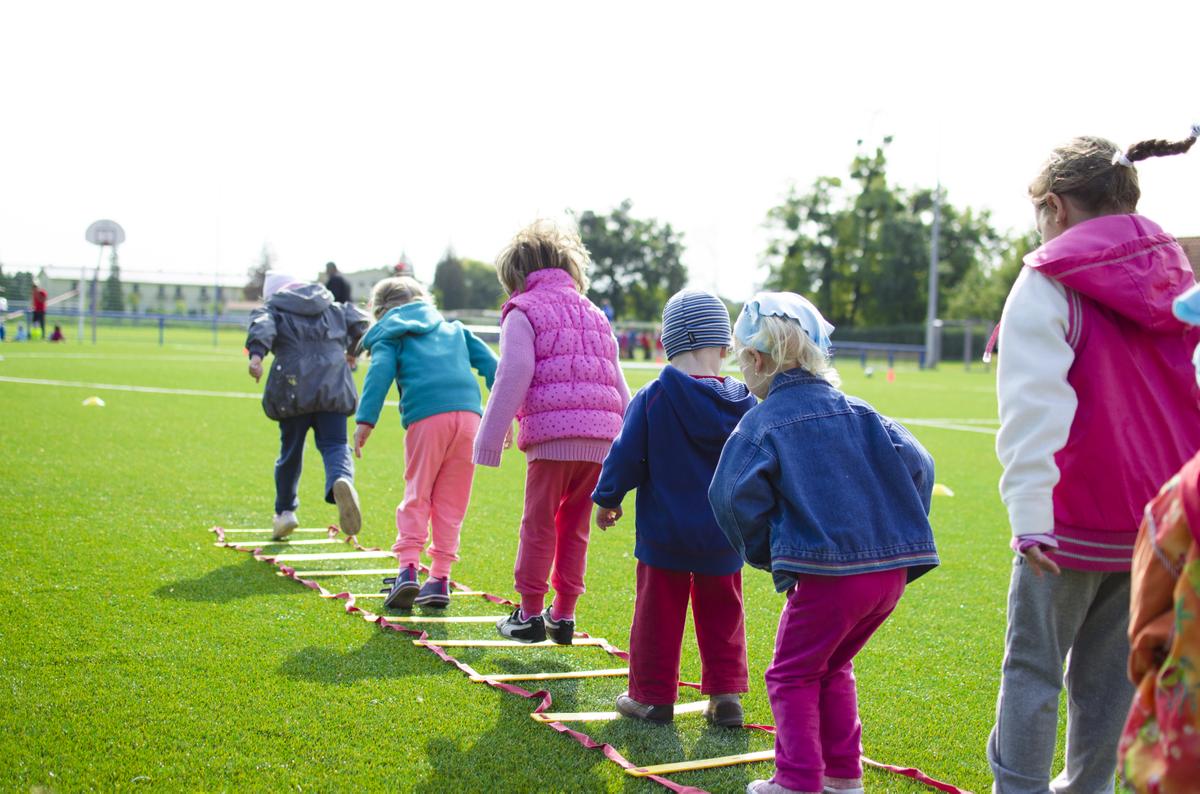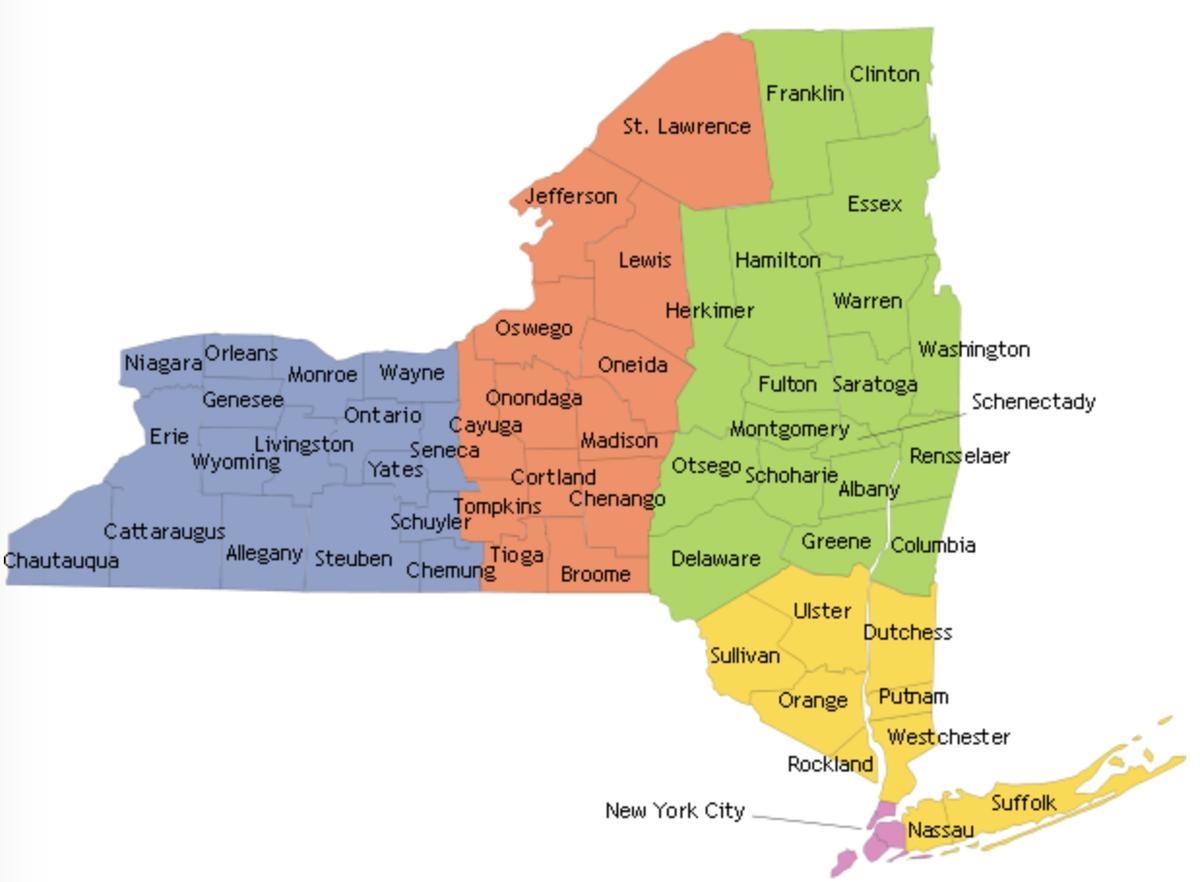The Current Status
In New York State, 24.5 percent of adults are obese, 36 percent are overweight, and 32 percent of school-age students in the rest of the state are overweight or obese.
Obesity and/or being overweight is the second leading cause of preventable death in the United States (US) and may soon overtake tobacco as the leading cause of death.
By the year 2050, obesity is predicted to shorten life expectancy in the US by two to five years.
In the last 20 years, the environment in which people live has changed significantly, making it more difficult to maintain healthy behaviors related to food and physical activity.
Why?
(1) reduced opportunities for physical activity as a result of roadway, community and building design, among other factors
(2) increased access to a wider variety of foods that are low in nutrition and high in calories, fat, added sugar, and sodium.
(3) increased marketing of low nutrition foods, especially to children.

Most adults and children don't meet the Dietary Guidelines for Americans.
People eat added sugars, saturated fats, and sodium in large amounts, and don't eat enough fruits, vegetables, and whole grains.
Empty calories from added sugars and solid fats contribute 40% of daily calories for children and adolescents.
About one-third (33.9%) of children in NYS aged two to 17 years consume at least one regular soda or other sugary drink a day.
you tube video



Healthy eating and physical activity impact health across the lifespan.
New Yorkers are also not meeting physical activity recommendations.
Just over half (51.5%) of NYS adults report meeting the physical activity guidelines by being moderately active for 150 minutes or vigorously active for 75 minutes per week.
Only 45.5% of NYS high school students are physically active for at least 60 minutes a day on five or more days a week.
There also exist substantial disparities in opportunities for physical activity across racial, ethnic, and socioeconomic lines.
In children and adolescents, healthy eating and physical activity reduce the risk for chronic health conditions. Schools can play an important role in children’s health by adopting and implementing policies and cultures that support healthy eating and increased physical activity for student.
The Syracuse City School District and the Onondaga County Health Department are collaborating on a five-year grant initiative through the New York State Department of Health called "Creating Healthy Schools and communities (CHSC) in Onondaga County." This initiative involves planning, developing, implementing, and evaluating projects that will help transform schools and their surrounding communities into places where it is easier to practice healthy behaviors.
Who: The Syracuse City School District (SCSD) and the Onondaga County Health Department (OCHD)
What: Creating healthy places in the Syracuse City School District and targeted areas in the city of Syracuse
Where: Schools and targeted areas in the city of Syracuse
Why: To foster academic achievement through healthy eating and physical activity in the school environment
Policy Changes
Creating Healthy Schools and Communities worked cooperatively with SCSD administration (Director of Food and Nutrition Services; Administrator for Health, Physical Education, SUNY Upstate Medical University, and multiple local community organizations to develop enhanced school wellness policies.
Highlights of the Wellness Policy:
Specific goals for nutrition promotion and education, physical activity, and other school-based activities that promote student wellness.
Standards and nutrition guidelines for all foods and beverages sold or given to students that are consistent with Federal regulations for School Meal nutrition standards and the Smart Snacks in School nutrition standards, as well as in several community day care facilities.
Standards for all foods and beverages provided, but not sold to students.
Policies for food and beverage marketing.
Description of public involvement, public updates, policy leadership, and evaluation plans.
you tube video


Teacher Training to Support the New SCSD Wellness Policy
To educate faculty and staff from the SCSD, select trainings were done to help ensure a greater understanding of the new policy, and to also offer ways to support and implement the policy in each school building.
The following trainings have been offered with high attendance and feedback:
SCSD NEW WELLNESS POLICY: WHAT YOU NEED TO KNOW
HOW THE SCSD WELLNESS POLICY AFFECTS FOOD SERVICE STAFF
YOGA IN THE CLASSROOM
MAKING THE GRADE WITH THE WELLNESS POLICY
Environmental Changes

Creating an environment in school buildings that supports healthy eating and physical activity makes an impact on behavior, and ultimately academic performance

Indoor walking trails:
Indoor walking trails provide easy opportunities for students to walk before, after, and during recess in school in the indoor walking trail. All fitness levels and those with physical limitations are encouraged to use the walking trails. Currently, they are housed at . Weeks Elementary, Porter Elementary School, Bellevue Elementary, PSLA Fowler, Franklin Elementary, and Danforth Elementary, as well as at the Southwest Community Center.
New Playground:
The Healthy Communities Initiative has been able to support the addition of new playground equipment at Franklin Elementary.
Safe Routes to School: Two routes have been mapped out in partnership with the Syracuse City School District, the Syracuse Metropolitan Transportation Council, HealtheConnections, and Parent University. These routes will be marked with signage and will provide a safe route for children to walk to school and also encourage students to walk to school (all while increasing their daily physical activity).The launch date for this initiative is March 20, 2018 the first day of Spring.


Practice Changes
Applying new practices in school buildings that will encourage healthy eating and daily physical activity, is importance to help make choosing healthy behaviors easier. Hence, select practice changes have been encouraged and implemented at select schools.
BRAIN BREAKS such as “Go Noodle”. Brain breaks are used in the classroom and are “mental breaks” designed to help students stay take a break from classroom work and then re-focus on their work. Brain breaks get students moving to carry blood and oxygen to the brain. These breaks both energize and relax students.
YOGA IN THE CLASSROOM has also been incorporated in select classrooms. This activity provides a fun and effective tool for teachers to use with their students. Research has shown that when children are anxious, frustrated, or stressed, it is challenging for them to learn. Yoga in the classroom helps students to become learning-ready.
REWARD COUPONS are now also used in classrooms for students of all ages. These coupons are used to reward students when they engage in a healthy behavior. The coupons encourage healthy behaviors and help children feel encouraged, supported, and proud to motivated to do well. Additional practice changes are being worked on this year to further expand healthy practices.
MARKETING can have a positive effect or a negative effect, depending on the message. CHSC has been working to remove all unhealthy messages (e.g. soft drink marketing) and replacing it with positive messages such as murals highlighting healthy foods and helping improve grades! Plans are underway to produce additional murals in Spanish and other languages as well. Social media has also been used to promote healthy eating and the importance of daily physical activity.



